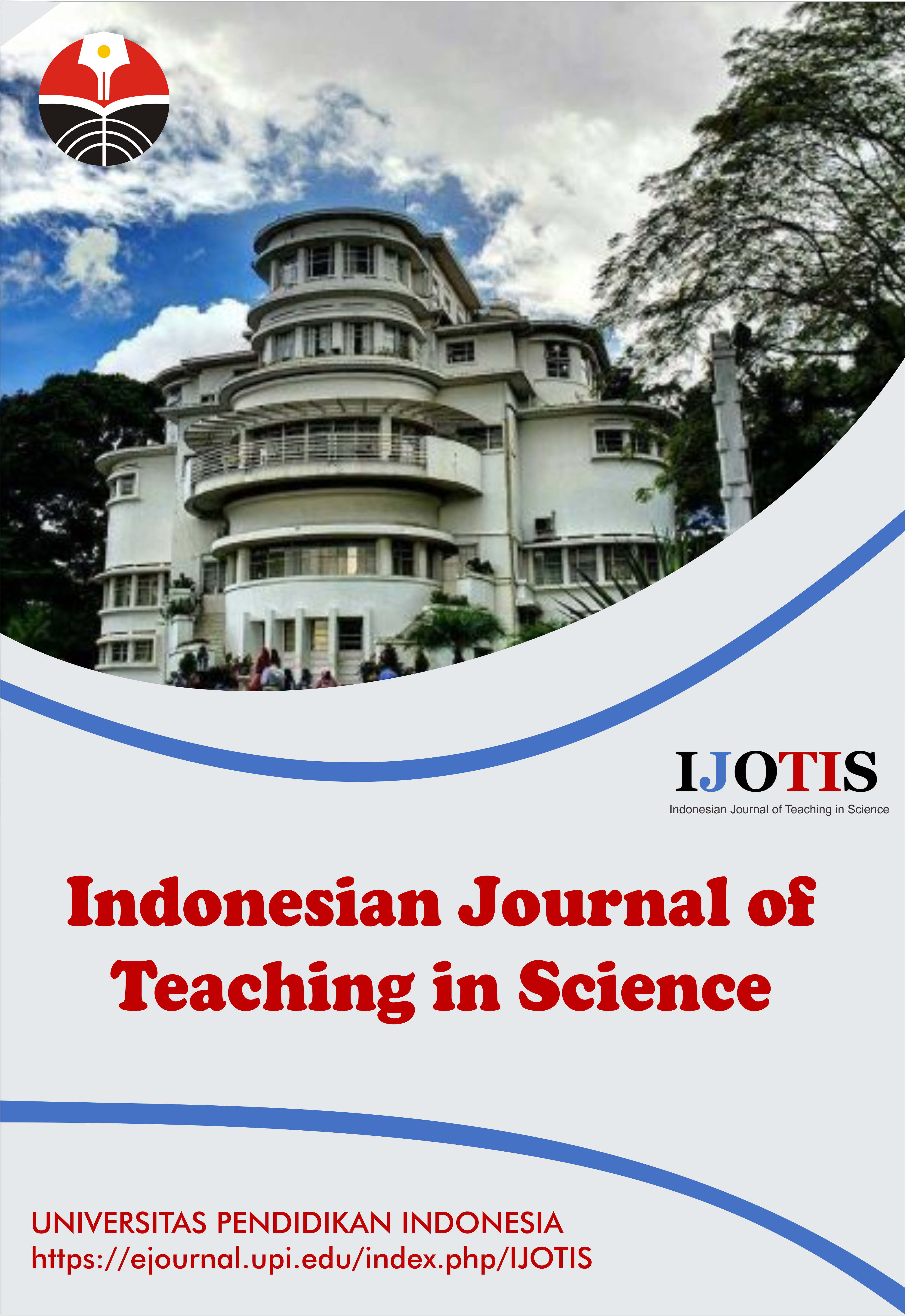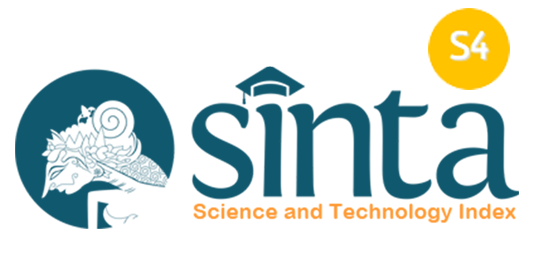Information and Communication Technology as a Veritable Tool for Administrators in University: From Teaching Perspectives to Challenge in Education
Abstract
Keywords
Full Text:
PDFReferences
Altrichter, H., and Kemethofer, D. (2015). Does accountability pressure through school inspections promote school improvement? School Effectiveness and School Improvement, 26(1), 32-56.
Ashari, H. A., Heidari, M., and Parvaresh, S. (2014). Improving SMTEs’ business performance through strategic use of information communication technology: ICT and tourism challenges and opportunities. International Journal of Academic Research in Accounting, Finance and Management Sciences, 4(3), 1-20.
Ayyagari, R. (2018). introducing Educational technologies in distance Education teaching learning: igNou Experiences. Global Journal of Enterprise Information System, 10(4), 54-59.
Davis, F. D. (1993). User acceptance of information technology: System characteristics, user perceptions, and behavioural impacts. International Journal of Man-Machine Studies, 38(3), 475-487.
Ghasemi, B., and Hashemi, M. (2011). ICT: Newwave in English language learning/teaching. Procedia-Social and Behavioral Sciences, 15, 3098-3102.
Houghton, K., Miller, E., and Foth, M. (2014). Integrating ICT into the planning process: impacts, opportunities and challenges. Australian Planner, 51(1), 24-33.
Kuzior, A., and Lobanova, A. (2020). Tools of information and communication technologies in ecological marketing under conditions of sustainable development in industrial regions (through examples of Poland and Ukraine). Journal of Risk and Financial Management, 13(10), 238.
Mahmoud, A. E., and Auter, P. J. (2009). The interactive nature of computer‐mediated communication. American Communication Journal, 11(4), 19-21.
Mikre, F. (2011). The roles of information communication technologies in education: Review article with emphasis to the computer and internet. Ethiopian Journal of Education and Sciences, 6(2), 109-126.
Nagbøl, P. R., Asatiani, A., Malo, P., Penttinen, E., Rinta-Kahila, T., and Salovaara, A. (2021). Sociotechnical envelopment of artificial intelligence: An approach to organizational deployment of inscrutable artificial intelligence systems. Journal of the Association for Information Systems (JAIS), 22(2), 325-252.
Perron, B. E., Taylor, H. O., Glass, J. E., and Margerum-Leys, J. (2010). Information and communication technologies in social work. Advances in Social Work, 11(2), 67.
Shiffman, J. (2007). Generating political priority for maternal mortality reduction in 5 developing countries. American Journal Of Public Health, 97(5), 796-803.
Singh, T. K. R., and Muniandi, K. (2012). Factors affecting school administrators' choices in adopting ICT tools in schools--the case of Malaysian schools. International Education Studies, 5(4), 21-30.
Tosun, N., and Baris, M. F. (2011). Using Information and Communication Technologies in School Improvement. Turkish Online Journal of Educational Technology-TOJET, 10(1), 223-231.
Wolpert, A. (1999). Services to remote users: Marketing the library's role. Library Trends 47(1), 34.
DOI: https://doi.org/10.17509/ijotis.v2i2.50151
Refbacks
- There are currently no refbacks.
Copyright (c) 2022 Universitas Pendidikan Indonesia

This work is licensed under a Creative Commons Attribution-ShareAlike 4.0 International License.
Indonesian Journal of Teaching in Science (IJoTIS) is published by Universitas Pendidikan Indonesia (UPI)
 Indonesian Journal of Teaching in Science
Indonesian Journal of Teaching in Science



